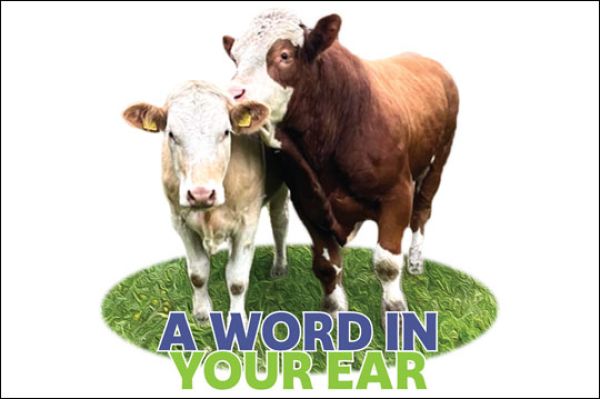
Matt O'Keeffe
Editor
How many farmers do we need?

It has been the case for generations that fewer people are engaging in farming and food production. The average age of an Irish milk producer is 54, while that of the cattle farmer is almost 60. The sheep farmer is in between at 56 years of age, on average, while the tillage farmer averages at 58.
The dairy farmer age profile, when studied more closely, hints at a somewhat healthier status than the headline figure suggests. Nineteen per cent of milk producers are aged over 60, with no household members below 45. By comparison, 40 per cent of cattle and sheep farmers are aged over 60 with no family members on the farm aged under 45 years. The tillage household age profile, while not quite as positive as milk production farms, is reasonably positive with one quarter aged more than 60 and having no household member under 45. We can look at the statistics and bemoan the ageing and aged structure. On the other hand, while more young people are welcome and needed, the situation cannot be described as surprising or disastrous. When Ireland joined the Common Market over 50 years ago, there were 250,000 self-described farmers in the country. Eighty thousand had dairy cows on their farms. In the interim, more than 60,000 farms have ceased milk production. The headline farm population as we enter the second part of the 2020’s decade registers just over 120,000 farms. The reality is that there are well fewer than 100,000 active farmers in Ireland today.
From afar, one might expect that such a large contraction in numbers, not just in dairy but across the farm population, would have impacted adversely on food production. The opposite is the case. Not only has the value of food production increased exponentially, output also increased enormously, despite the acreage turned over to forestry, housing, roads and other infrastructure in the past half century. We may have reached peak output, but a statistician would still conclude that Irish agriculture is in a very successful and positive place.
Fewer and fewer
Is there an inevitability around the contraction in farmer numbers and an increasingly aged farmer profile? It is difficult to suggest otherwise, despite the alarm bells ringing around the need for generational renewal. Mechanisation, scale, breeding and agronomic advances as well as novel production technologies have allowed food producers to feed a continuously increasing global population with fewer resources and fewer producers.
Lifestyle is perceived as a key issue distracting young people from farming. More importantly, lower average incomes, often the result of small-scale and low productivity, are equally important in determining the career paths of a young population that is more highly educated, with more diverse career opportunities than ever before and, in many cases, with better income prospects and more positive lifestyle possibilities that many farm-based careers can offer. Does anyone really believe that in previous generations, all farmers and aspiring farmers, stayed on the farm because they loved the opportunities offered, or because they could aspire to more positive social and economic outcomes than those who left? In too many cases it was a lack of off-farm opportunities that kept them on farms. Familial and parental pressures, too, contributed to many answering the farming call, rather than taking a different road that might have been in their better economic and social interests. Only now are we seeing the reality of potential farm heirs realising that they would be better off in other occupations.




